Think myths are just stories? Think again.
Some of the world’s most legendary places aren’t just figments of imagination—they’re real, hiding in plain sight. From secret islands to forgotten cities, these places have stood the test of time, long after their tales were told.
You’ve heard of Shangri-La, the Fountain of Youth, and the Bermuda Triangle. But did you know they have actual locations tied to them?
Get ready to explore 23 mythical places that you can actually visit. Reality has never been this mysterious.
Angkor Wat, Cambodia
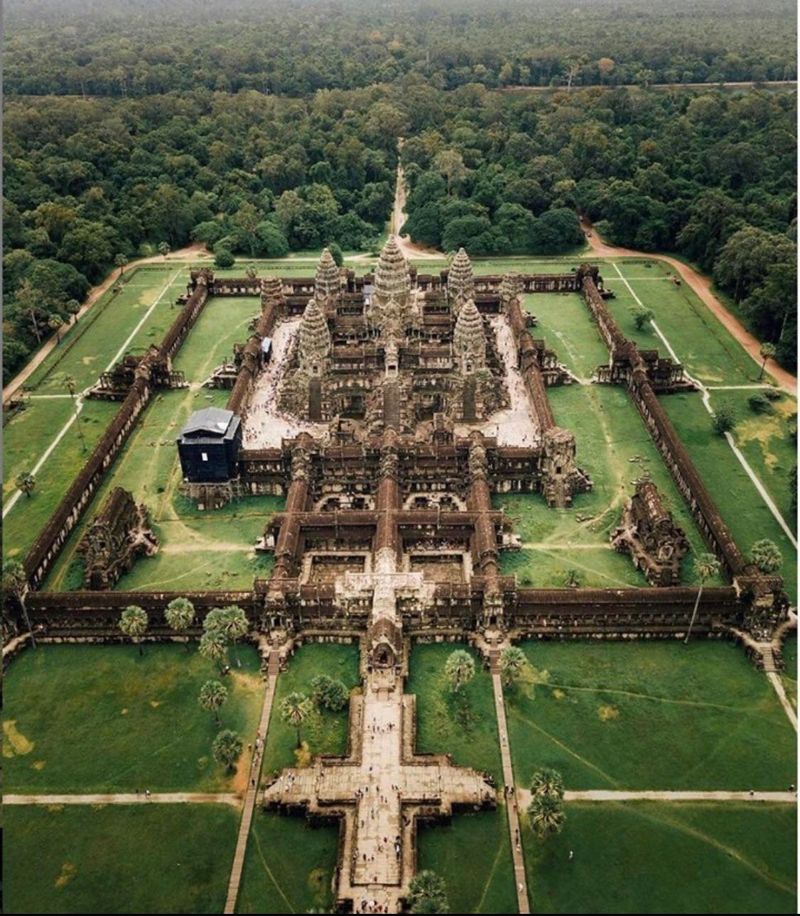
In the heart of Cambodia lies Angkor Wat, a symbol of spiritual and architectural grandeur. This sprawling temple complex, originally built as a Hindu temple and later transformed into a Buddhist site, captivates with its intricate carvings and towering spires.
Angkor Wat stands as a testament to the ingenuity of the Khmer Empire, drawing visitors with its harmonious blend of nature and stone. The early morning sun casts a golden hue, revealing the detailed bas-reliefs that narrate ancient myths and epics.
It’s a place where history and legend coexist, offering a glimpse into a civilization long gone.
Machu Picchu, Peru
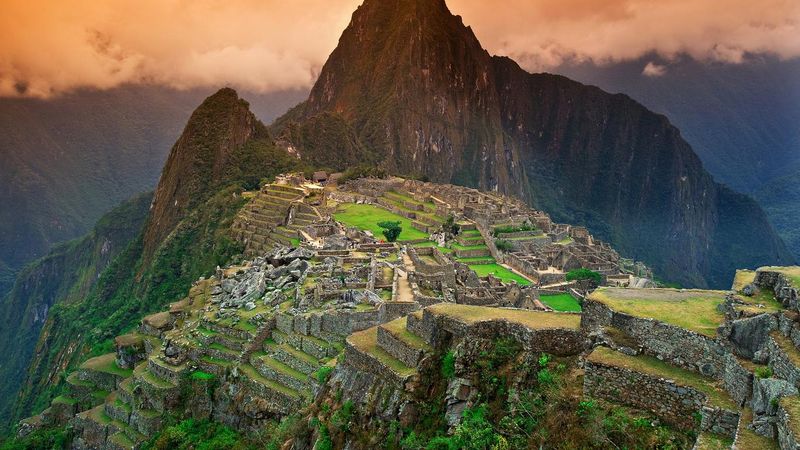
Nestled high in the Andes, Machu Picchu remains one of the most iconic symbols of the Inca civilization. This ancient city, often cloaked in mist, offers breathtaking views and a mysterious aura.
Its stone structures, terraces, and ceremonial buildings reveal the Inca’s architectural prowess and spiritual depth. Walk through its ancient paths and one can almost hear the whispers of history echoing through the ruins.
The tranquility and majesty of Machu Picchu continue to inspire awe, serving as a remarkable link to a vanished past and the mysteries it holds.
Stonehenge, England
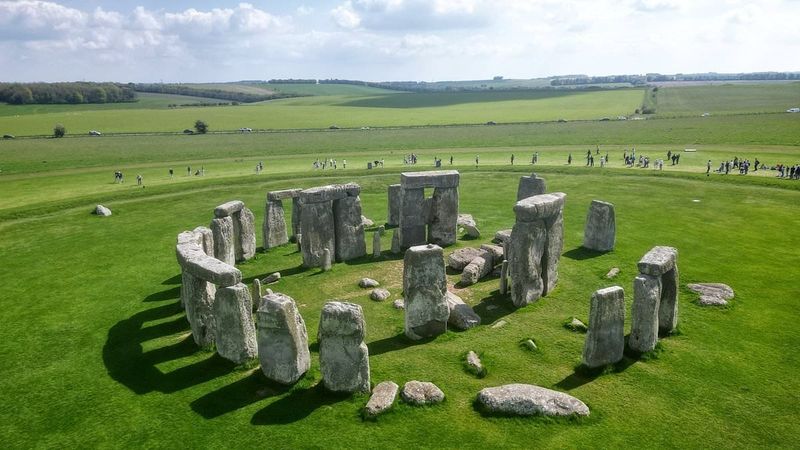
Stonehenge, with its enigmatic stone circle, stands as a testament to ancient ingenuity and mystery. Situated on the Salisbury Plain, its purpose remains a topic of speculation and wonder.
Was it an astronomical calendar or a site for rituals? The stones, some weighing up to 25 tons, were transported from miles away, sparking theories about their origin.
As the sun sets, the stones cast long shadows, adding to their enigmatic presence. Stonehenge invites contemplation, offering more questions than answers, yet its allure remains timeless, drawing visitors from around the globe.
Petra, Jordan
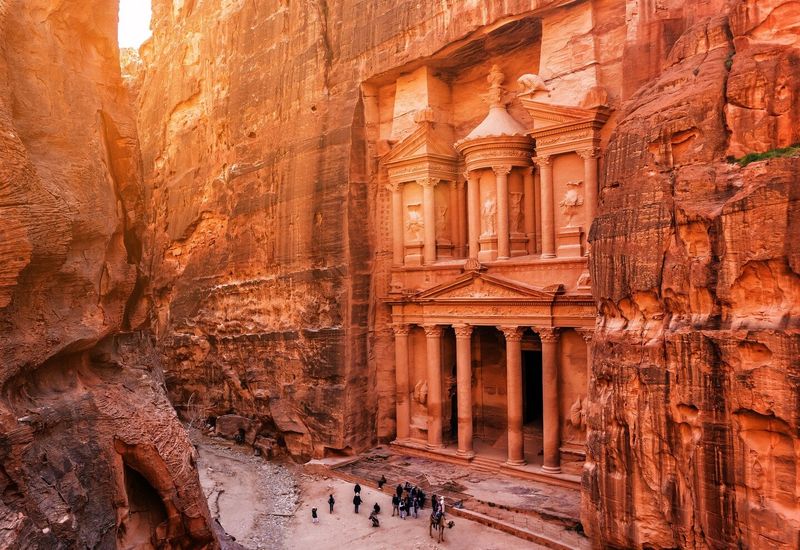
Hidden within the rose-red cliffs of southern Jordan, Petra is a marvel of ancient engineering and artistry. This once-thriving trade hub, carved directly into vibrant sandstone, showcases the Nabateans’ architectural prowess.
The Treasury, Petra’s iconic facade, greets visitors with its grand columns and intricate carvings. Wandering through its narrow canyons, one encounters tombs and temples that whisper tales of a rich past.
The play of sunlight on the pink and orange rocks creates an ethereal atmosphere. Petra continues to enchant, offering a window into the ingenuity of its ancient inhabitants.
Banaue Rice Terraces, Philippines

The Banaue Rice Terraces, often dubbed the “Eighth Wonder of the World,” are a testament to human perseverance and harmony with nature. Crafted over 2,000 years ago by the Ifugao people, these terraces stretch across the mountains of northern Luzon.
Carved into the hillsides, they create a stunning tapestry of green, reflecting the ingenuity and hard work of generations past. Each terrace tells a story of a community’s relationship with the land, where tradition and agriculture meet.
As dawn breaks, the terraces glow in the soft light, offering a breathtaking view of cultural heritage.
The Giant’s Causeway, Northern Ireland
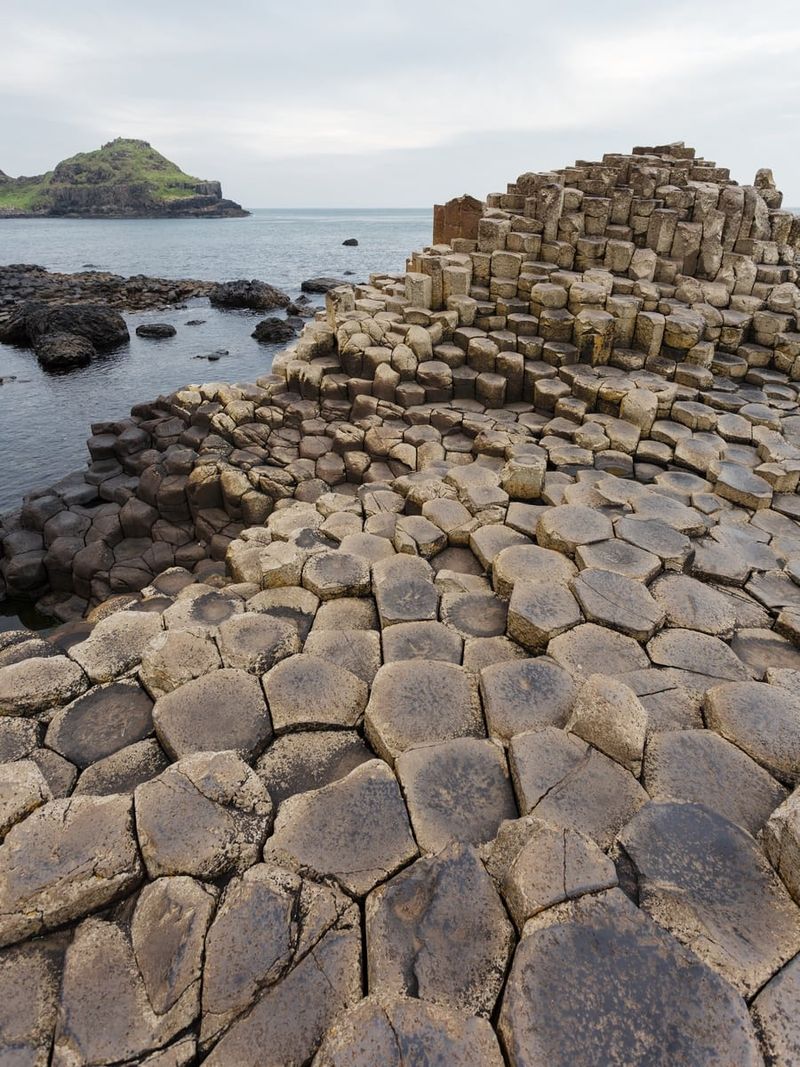
The Giant’s Causeway, a natural wonder steeped in legend, captivates with its unique geological formations. This UNESCO World Heritage Site features thousands of interlocking basalt columns, formed by ancient volcanic activity.
According to Irish folklore, the causeway was built by the giant Finn MacCool as a pathway to Scotland. The rhythmic crash of waves against the stones and the rugged coastline offer a dramatic backdrop.
Walking along the columns, one feels a connection to the myth and science that shaped this landscape. It’s a place where nature’s artistry and legend intertwine, creating a magical experience.
Mount Roraima, Venezuela

Mount Roraima stands as the inspiration for many legendary tales, including Arthur Conan Doyle’s “The Lost World. ” This majestic tabletop mountain stretches across Venezuela, Brazil, and Guyana.
Its sheer cliffs and flat summit often shrouded in mist create a surreal landscape.
Indigenous Pemon and Kapon tribes believe it to be the stump of a mighty tree that once bore all the fruits and vegetables in the world. The mountain’s unique ecosystem is home to rare plants and animals, adding to its mystical charm.
Hikers who brave the trek to its summit are rewarded with breathtaking views and a sense of walking on a primordial land untouched by time. It’s a site that continues to spark curiosity and wonder.
The Fairy Pools, Isle of Skye, Scotland
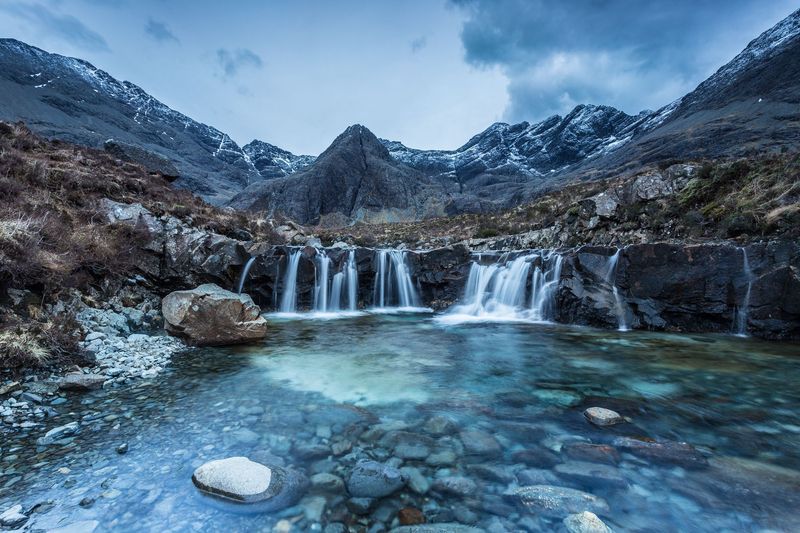
The Isle of Skye’s Fairy Pools are a series of enchanting waterfalls and crystal-clear pools. Nestled at the foot of the Black Cuillin mountains, these pools are renowned for their vivid blue and green hues.
Visitors often describe the scenery as otherworldly, with the landscape transforming in the shifting light.
Local legends speak of fairies inhabiting the pools, lending an air of mystery to the site. The pools have become a popular spot for hikers and photographers, drawn by the area’s natural beauty and mythical allure.
Despite the cool temperatures, the Fairy Pools attract wild swimmers seeking a magical experience. The tranquility and beauty make it a peaceful retreat for nature lovers.
The Chocolate Hills, Bohol, Philippines
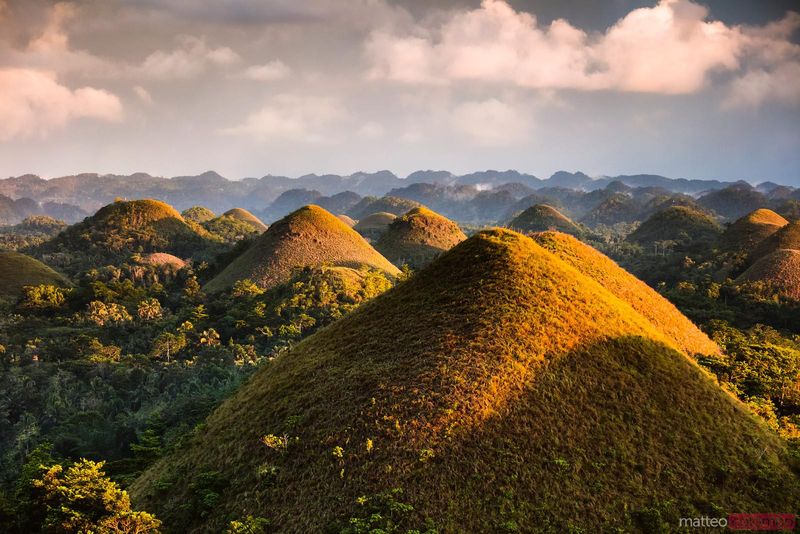
The Chocolate Hills of Bohol are an extraordinary geological formation, consisting of over 1,200 hills spread across the island. During the dry season, the grass covering these hills turns a chocolate brown, inspiring their name.
Legend tells of giants who once inhabited the land, their quarrels and tears forming these unique mounds. The symmetrical shapes and sizes of the hills continue to baffle geologists and enchant visitors.
The hills offer a breathtaking panorama, best viewed from the Chocolate Hills Complex. This natural wonder is a testament to the island’s rich folklore and natural beauty, attracting travelers from around the globe.
Valley of the Kings, Egypt

Hidden within Egypt’s arid landscape, the Valley of the Kings houses the tombs of pharaohs and nobles. This burial site, filled with treasures and hieroglyphics, offers insights into ancient Egyptian beliefs and rituals.
The discovery of Tutankhamun’s tomb, with its intact treasures, sparked global intrigue and fascination. Walking through these ancient corridors, one feels the weight of history and the grandeur of a civilization that revered its dead.
The Valley of the Kings remains a testament to the Egyptians’ quest for immortality, inviting exploration of the stories etched into its walls.
Mount Olympus, Greece
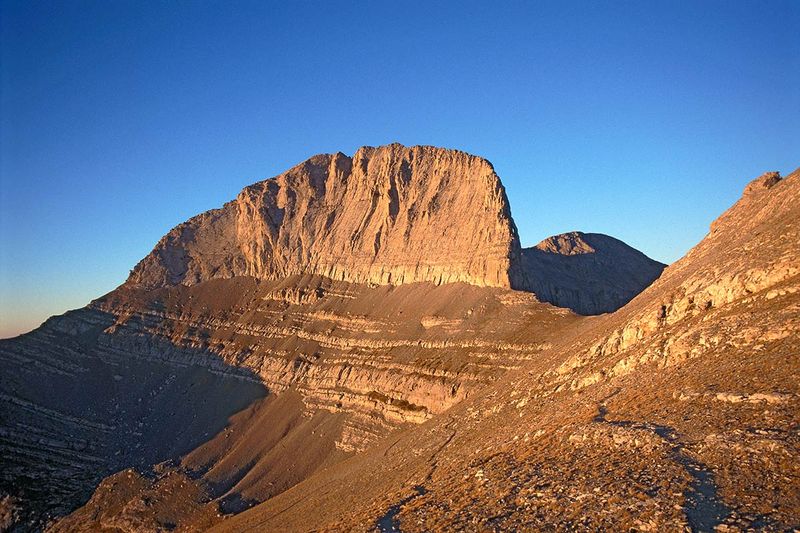
Mount Olympus, the legendary abode of the Greek gods, towers majestically over northern Greece. This mythological mountain, shrouded in clouds, inspired countless tales of divine exploits and battles.
Its peaks, reaching towards the heavens, evoke a sense of awe and reverence. Climbing its slopes, one encounters diverse flora and fauna, with each step echoing ancient legends.
Mount Olympus embodies the human yearning for connection with the divine, a place where gods once walked among mortals. Its enduring presence on the horizon serves as a reminder of the power of myth and nature’s grandeur.
Lake Hillier, Australia
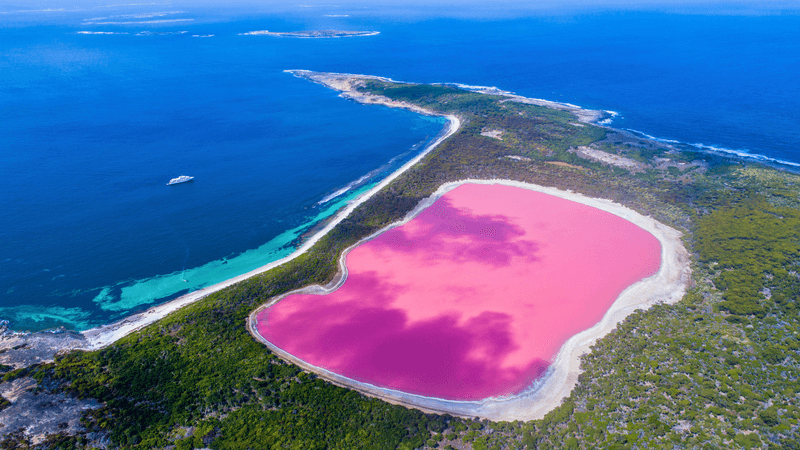
Lake Hillier on Middle Island, Australia, is famous for its bubblegum-pink waters. This striking lake is separated from the deep blue ocean by a narrow strip of sand and lush green forest, creating a stunning contrast.
The lake’s unusual color is due to the presence of a particular type of algae and bacteria. It remains a mystery why the vibrant pink hue persists even when the water is bottled.
Visitors can take helicopter tours to capture the breathtaking views of this natural wonder. Lake Hillier stands as a colorful testament to the unique and unexplained mysteries of nature.
Easter Island, Chile
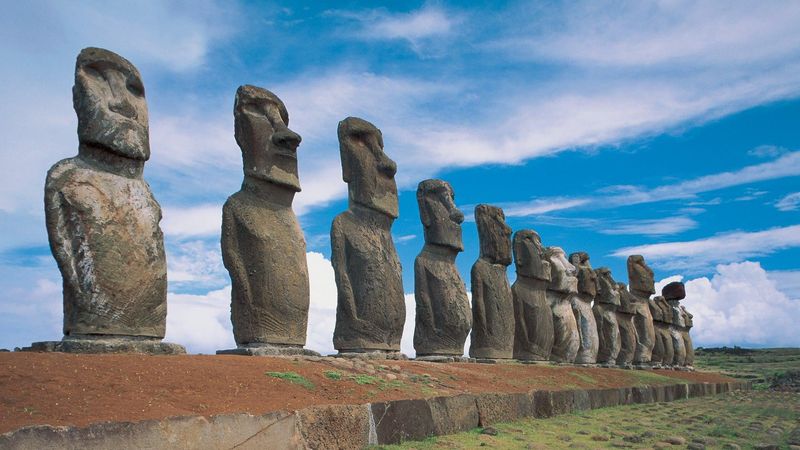
Easter Island, also known as Rapa Nui, captivates with its enigmatic moai statues. These colossal stone figures, carved by the island’s early inhabitants, guard the landscape with silent watchfulness.
The origin and purpose of the moai remain subjects of intrigue and debate, sparking questions about the island’s ancient culture. Set against the backdrop of the Pacific Ocean, the statues convey a sense of mystery and timelessness.
Visitors to Easter Island are drawn to these monumental figures, each one a testament to the creativity and spiritual beliefs of a distant past.
Socotra Island, Yemen
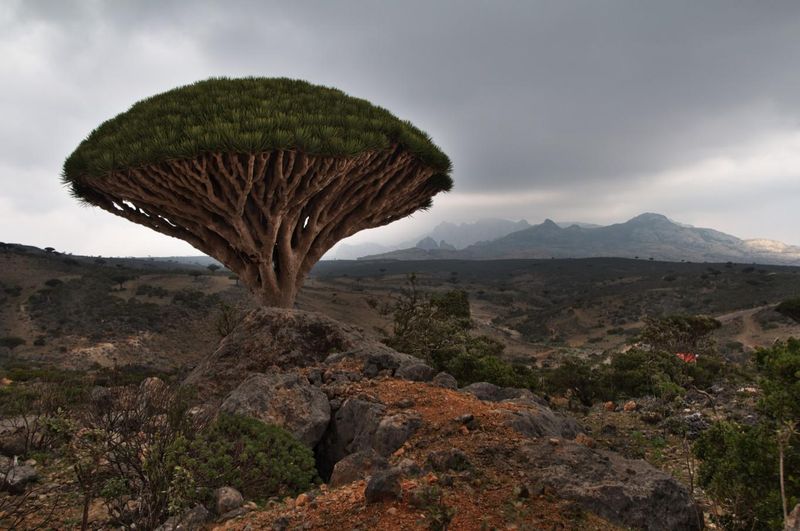
Socotra Island, often dubbed the “Galápagos of the Indian Ocean,” boasts a unique ecosystem with flora and fauna found nowhere else on Earth. Its most iconic feature is the Dragon’s Blood tree, known for its umbrella-like appearance and crimson resin.
Myths and legends surround the island, with ancient tales of phoenixes and dragons. The island’s isolation has allowed its biodiversity to flourish, creating a living museum of evolution.
The island’s rugged landscapes, coupled with its unusual plant life, create an alien-like environment. Visitors are often left in awe of its untouched beauty and the sense of stepping into another world.
Timbuktu, Mali
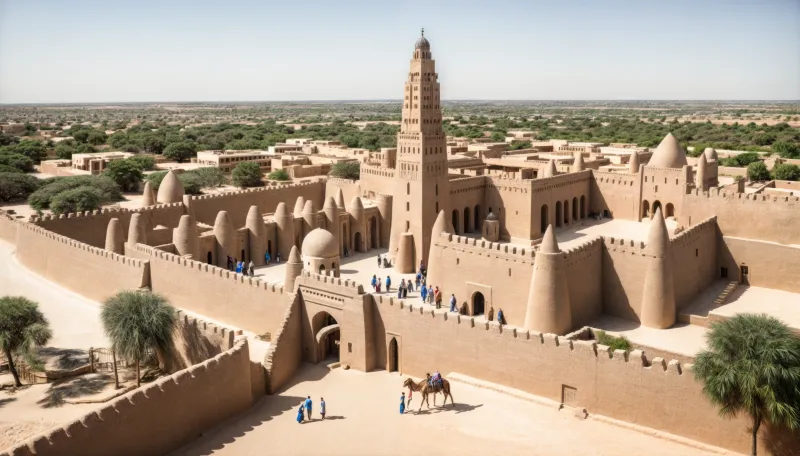
Timbuktu, once a thriving center of trade and learning, stands as a symbol of cultural richness and resilience. Located at the edge of the Sahara Desert, this legendary city was a pivotal hub for scholars and merchants during the Mali Empire.
Its legendary libraries housed manuscripts on diverse subjects, attracting thinkers from across the Islamic world. The earthen architecture and vibrant history evoke images of camel caravans and bustling markets.
Despite challenges over the centuries, Timbuktu endures as a testament to human creativity and the enduring power of knowledge.
The Bermuda Triangle, Atlantic Ocean
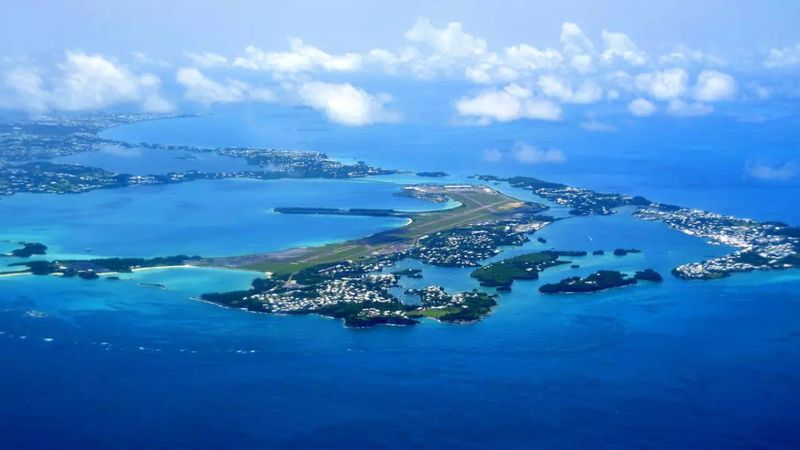
The Bermuda Triangle, synonymous with mystery and intrigue, spans a region in the North Atlantic Ocean infamous for the unexplained disappearance of ships and aircraft. This triangular area, bounded by Miami, Bermuda, and Puerto Rico, stirs imaginations with tales of the supernatural and extraterrestrial.
While scientific explanations range from magnetic anomalies to rogue waves, the aura of mystery persists. The Bermuda Triangle symbolizes the human fascination with the unknown, challenging our understanding of nature.
Its legends continue to intrigue, capturing the curiosity of those drawn to the edges of scientific and mythical exploration.
Avalon, United Kingdom
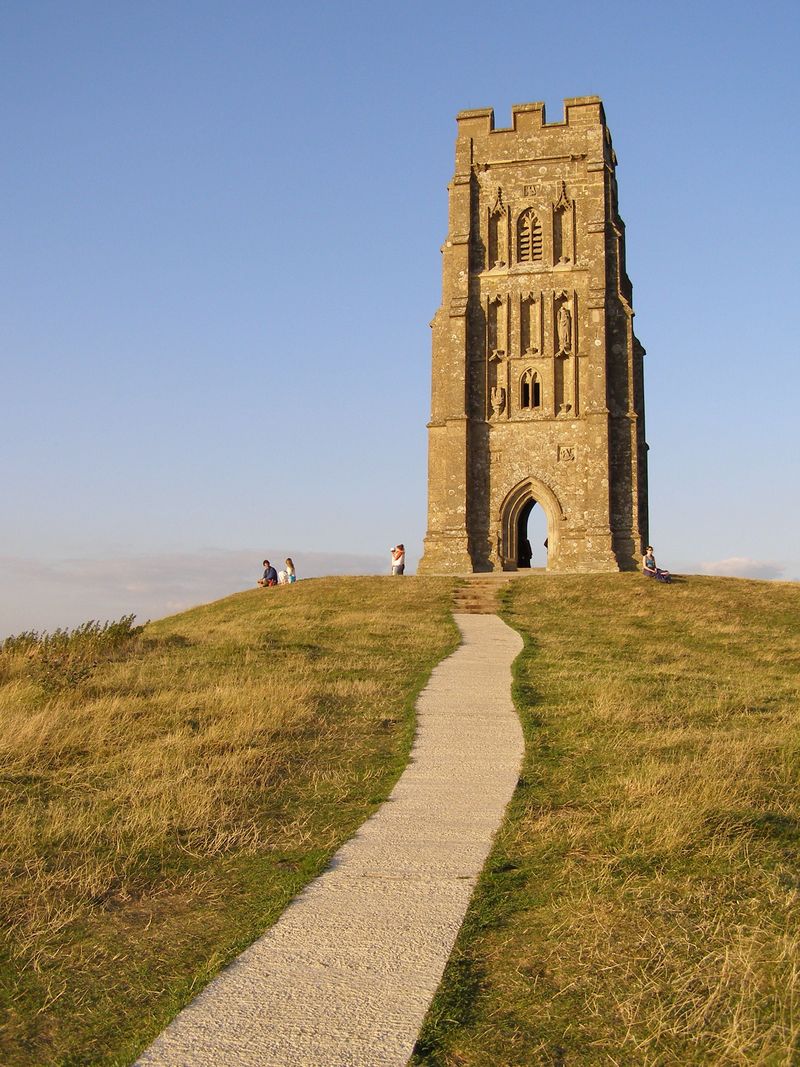
Avalon, the legendary island from Arthurian lore, has captured the imagination with its tales of King Arthur and magical healing. Many associate it with Glastonbury, England, where mystical landscapes evoke the island’s enchanting spirit.
The area’s rich history and folklore offer a portal into a world where myth and reality intertwine, inviting visitors to explore its sacred sites and lush vistas. Whether wandering through its ancient ruins or enjoying a peaceful moment by the tranquil waters, Avalon feels like stepping into a timeless legend.
For believers in magic and history, visiting Avalon is like walking in the footsteps of knights and sorcerers, where every corner tells a story of the past and whispers of the mystical.
Troy, Turkey
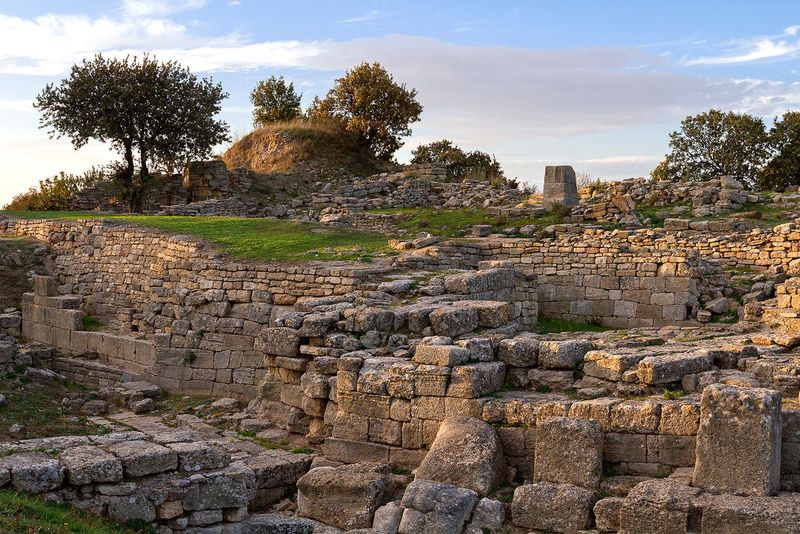
Troy, immortalized in Homer’s epic “The Iliad,” stands as a symbol of war, love, and heroism. This ancient city, nestled in modern-day Turkey, witnessed the legendary battle sparked by Helen’s abduction.
Archaeological discoveries have unearthed layers of history, revealing a complex society and fortifications. The ruins, with their crumbling walls and echoes of past glory, invite reflection on the intersection of myth and reality.
Visitors to Troy are drawn by the stories of Achilles, Hector, and the infamous Trojan Horse, symbols of enduring legends that continue to captivate through time.
The Hanging Gardens of Babylon, Iraq
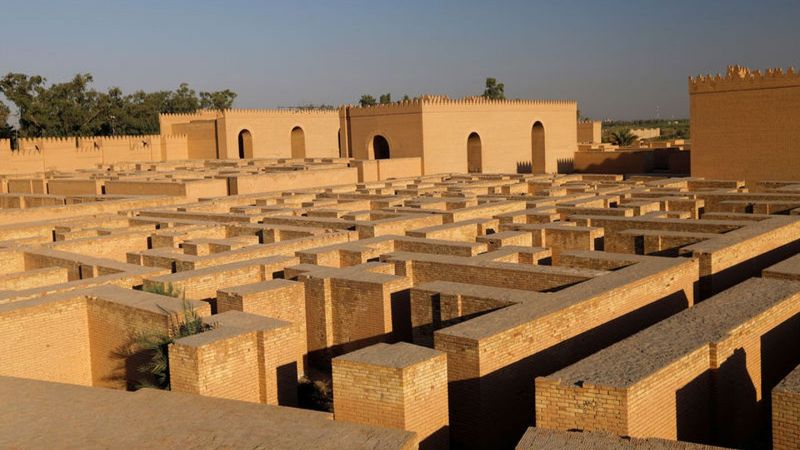
The Hanging Gardens of Babylon, one of the Seven Wonders of the Ancient World, remain shrouded in mystery. Despite the lack of concrete evidence, descriptions of lush terraces and cascading waterfalls captivate imaginations.
Believed to be built by King Nebuchadnezzar II for his homesick wife, the gardens symbolize love and architectural ingenuity. The concept of an oasis in the arid desert landscape speaks to humanity’s desire to harness nature’s beauty.
Although their existence is debated, the Hanging Gardens inspire visions of paradise, where nature and human creativity intertwine in harmonious splendor.
The Gates of Hell, Turkmenistan
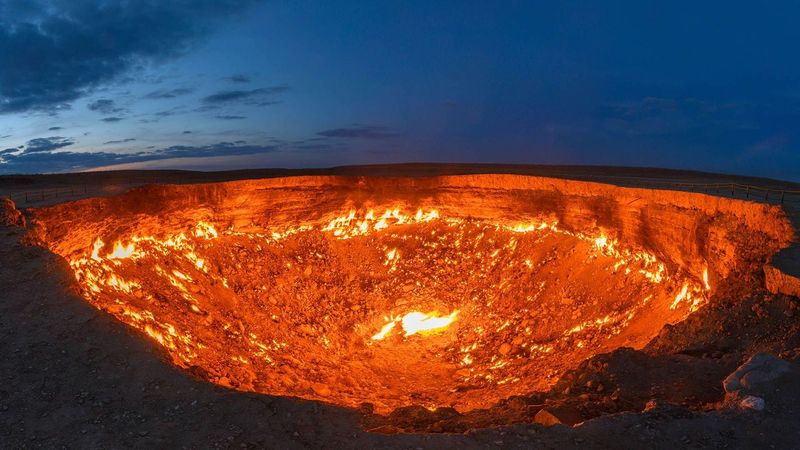
In the heart of the Karakum Desert lies a fiery pit that seems straight out of a fantasy novel. Known as the Gates of Hell, this natural gas field in Turkmenistan has been burning continuously since 1971.
The sight of the flames against the night sky is both mesmerizing and eerie.
The crater was the result of a Soviet drilling accident that caused the ground to collapse, releasing methane gas. To prevent the gas from spreading, it was set ablaze, and it has been burning ever since.
Visitors are captivated by the surreal experience, as the heat and light from the flames create an otherworldly scene.
Standing at the edge of this vast crater, one can’t help but feel a sense of awe. It’s a reminder of nature’s power and the consequences of human error, making it a must-see for those drawn to the extraordinary.
Fairy Chimneys, Cappadocia, Turkey
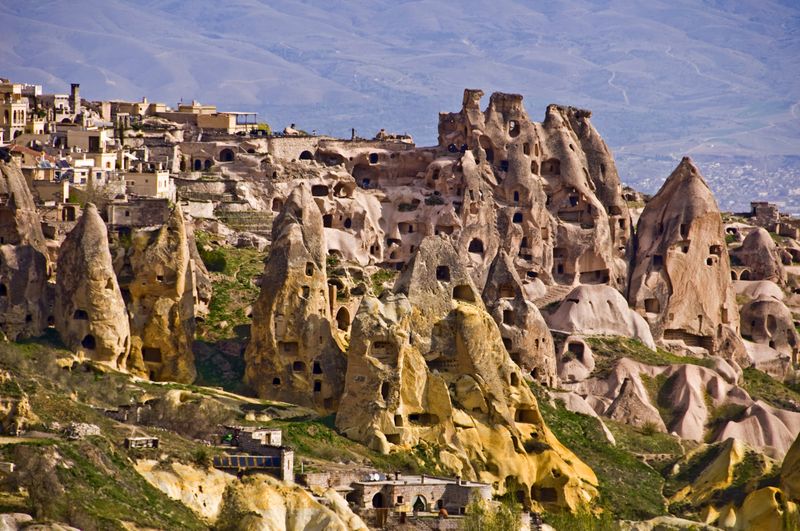
Cappadocia in Turkey is home to the enchanting Fairy Chimneys, a landscape unlike any other. These towering rock formations, sculpted by volcanic eruptions and erosion, create a whimsical and almost magical scenery.
The region is dotted with these unique structures, inviting exploration and wonder.
Over centuries, ancient civilizations carved into these chimneys to create homes and churches, many of which are still accessible today. The soft rock made it possible to create intricate interiors, showcasing human ingenuity and adaptability.
The best way to experience this mythical place is from above, in a hot air balloon as the sun rises. The aerial view reveals a breathtaking panorama, where history and natural beauty intertwine, offering an unforgettable adventure for travelers.
The Singing Sand Dunes, Kazakhstan
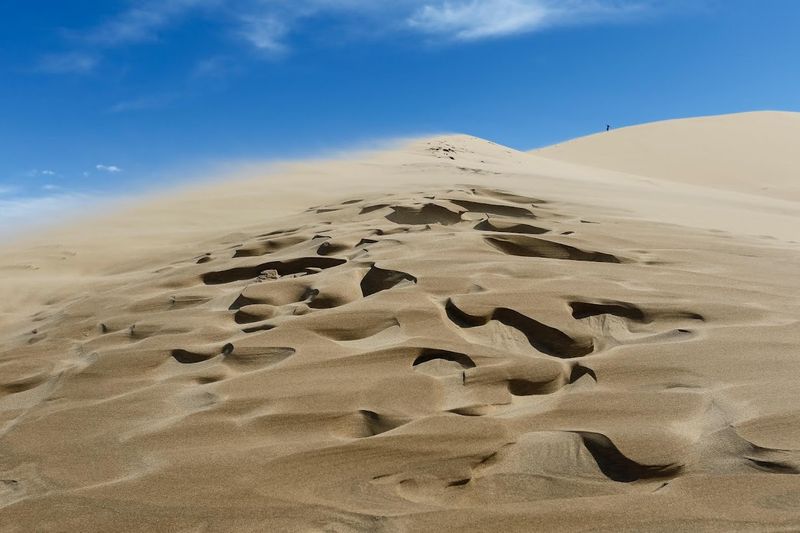
In the Altyn-Emel National Park of Kazakhstan, the Singing Sand Dunes create a unique and mystical experience. These dunes produce a haunting humming sound when the wind passes over them, resembling the music of a distant symphony.
This natural wonder has fascinated both locals and visitors for generations.
The phenomenon occurs when the sand grains rub against each other, creating a sound that can be heard from miles away. It’s a rare occurrence found in only a few places worldwide, adding to the dunes’ mythical allure.
Visitors to the Singing Sand Dunes can climb to the top and listen to the mesmerizing sounds, surrounded by the vastness of the desert. It’s an experience that connects you with nature in an unexpected way, leaving a lasting impression of wonder and serenity.
The Great Blue Hole, Belize
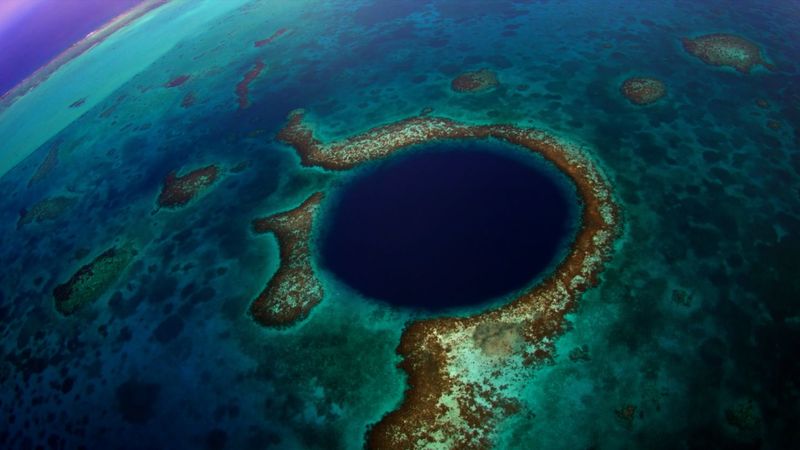
Off the coast of Belize, the Great Blue Hole is a stunning marine sinkhole that intrigues divers and adventurers from around the world. This natural wonder is part of the Belize Barrier Reef Reserve System, a UNESCO World Heritage Site, offering a unique glimpse into the mysteries of the ocean.
Believed to have formed during the last Ice Age, the Great Blue Hole measures over 300 meters across and 125 meters deep. Its circular shape and vivid blue color make it a striking sight from above, inviting exploration and discovery.
Diving into the depths reveals an underwater world of stalactites and marine life, creating a sense of mystery and adventure. Whether viewed from the air or experienced underwater, the Great Blue Hole is a testament to the planet’s natural beauty and the allure of the unknown.
